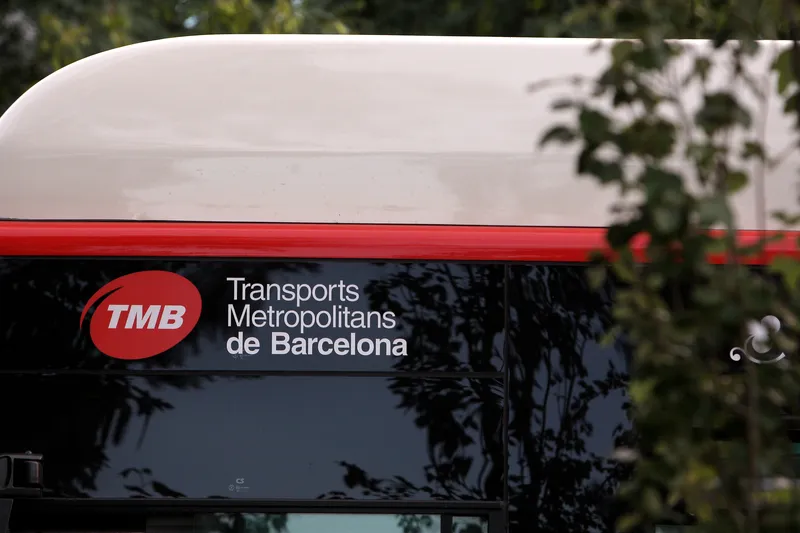Provider of artificial intelligence and IoT systems Netradyne has launched its Advanced Driver Assistance Systems (ADAS) solution to help fleet managers recognize positive driver performance and enhance driver safety for commercial vehicles, in India. Called Driveri, the four-camera, vision-based system is mounted on the vehicle windscreen and provides real-time audio alerts to the driver when a vehicle collision is imminent.
Driveri also monitors and alerts the driver for drowsiness or inattention and is equipped with Quad-HD cameras that provide a road view similar to the driver's perspective. It uses Nvidia’s Jetson TX1 TeraFLOP processor, which is said to be capable of one trillion calculations per second. It also delivers real-time safety assistance to help drivers avoid accidents through its deep learning algorithms for video processing and hardware from Nvidia.
Fleet managers are also provided with a comprehensive view of their driver's activity through real-time positive driving notifications and best practice identification.
Avneesh Agrawal, founder and chief executive of Netradyne, said: "India has a very poor road safety record with over four hundred thousand road accidents recorded last year. ADAS solutions specifically customized for the Indian road and driving conditions are the need of the hour and will play a significant role in making our roads safer. We believe that Driver will immensely benefit the commercial vehicle segment in India. With the ADAS solution customized for the market we are able to provide valuable insights to commercial fleet operators on their most prized assets: drivers and fleet.”
Netradyne launches advanced driver assistance system, India
Provider of artificial intelligence and IoT systems Netradyne has launched its Advanced Driver Assistance Systems (ADAS) solution to help fleet managers recognize positive driver performance and enhance driver safety for commercial vehicles, in India. Called Driveri, the four-camera, vision-based system is mounted on the vehicle windscreen and provides real-time audio alerts to the driver when a vehicle collision is imminent. Driveri also monitors and alerts the driver for drowsiness or inattention and is
December 11, 2017
Read time: 2 mins










